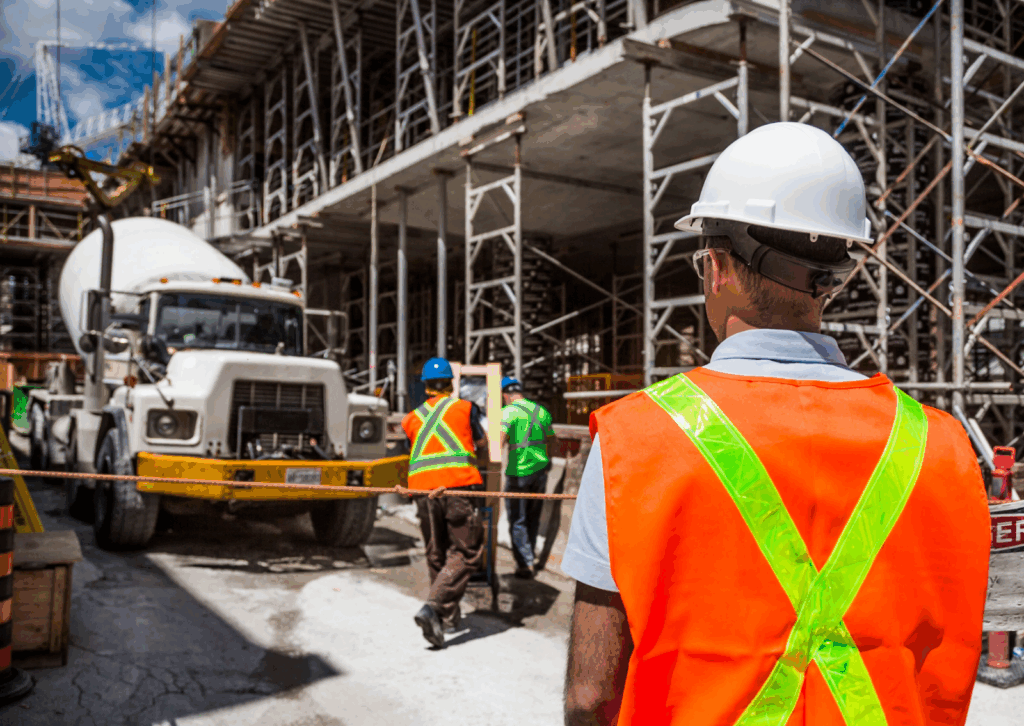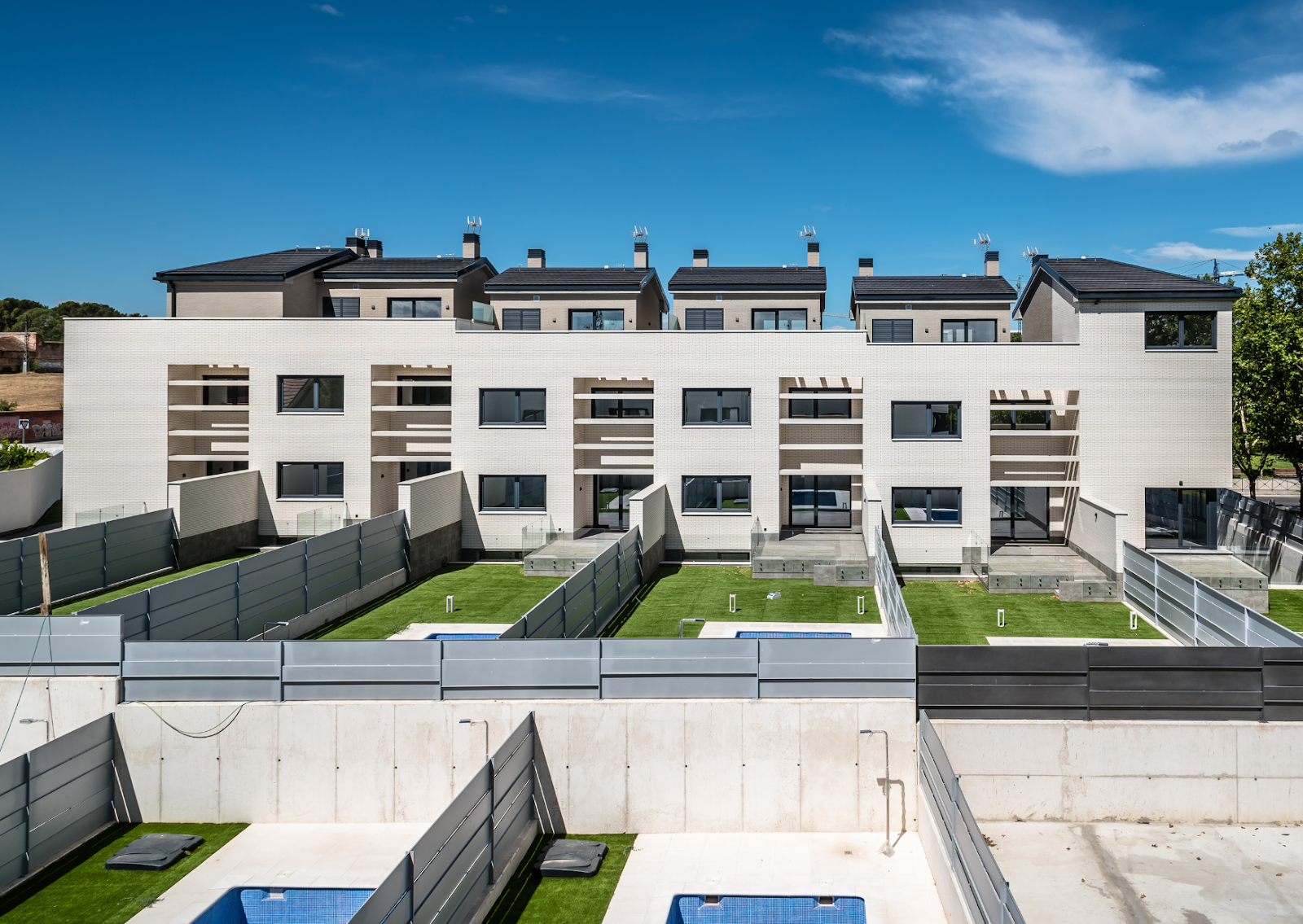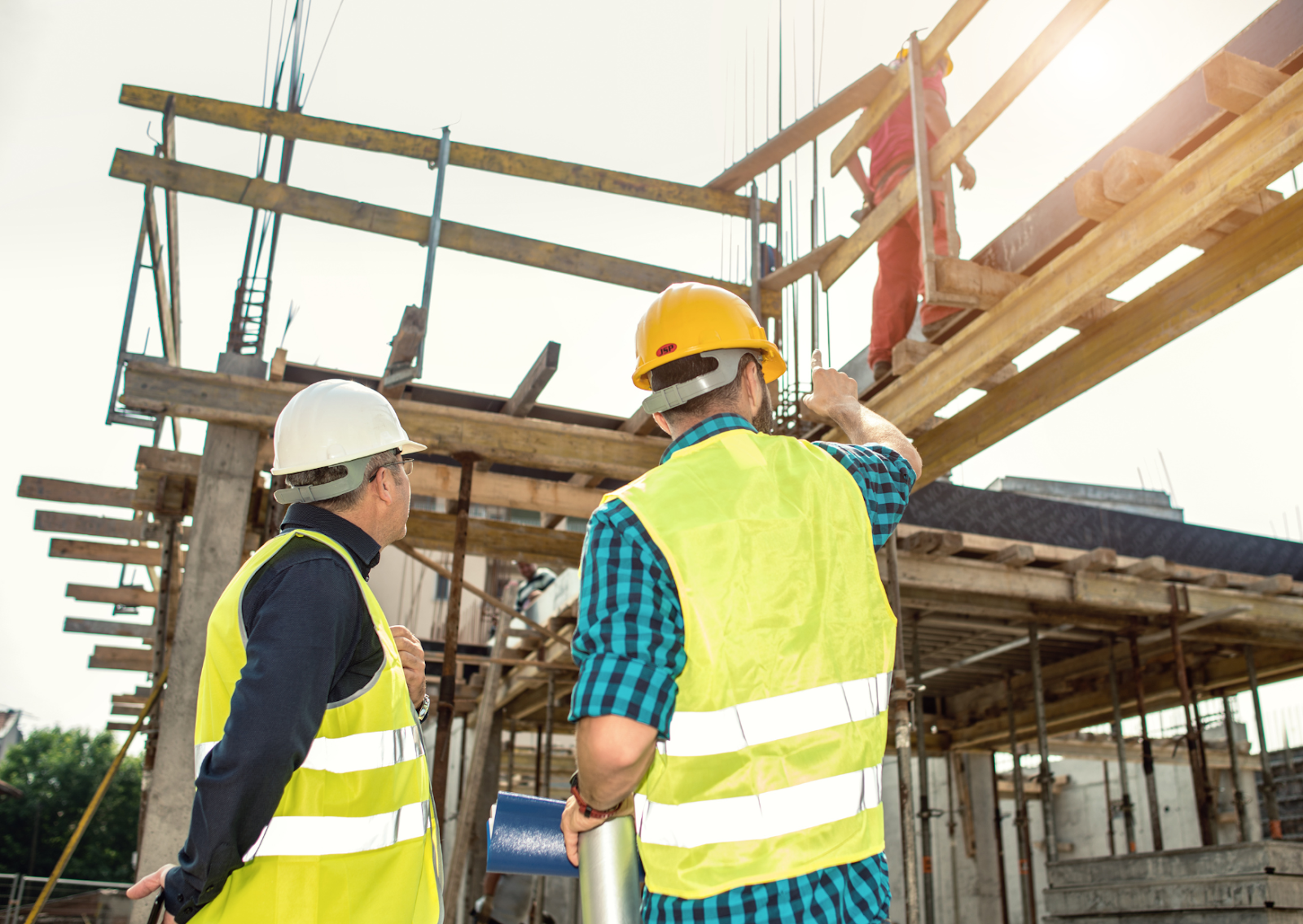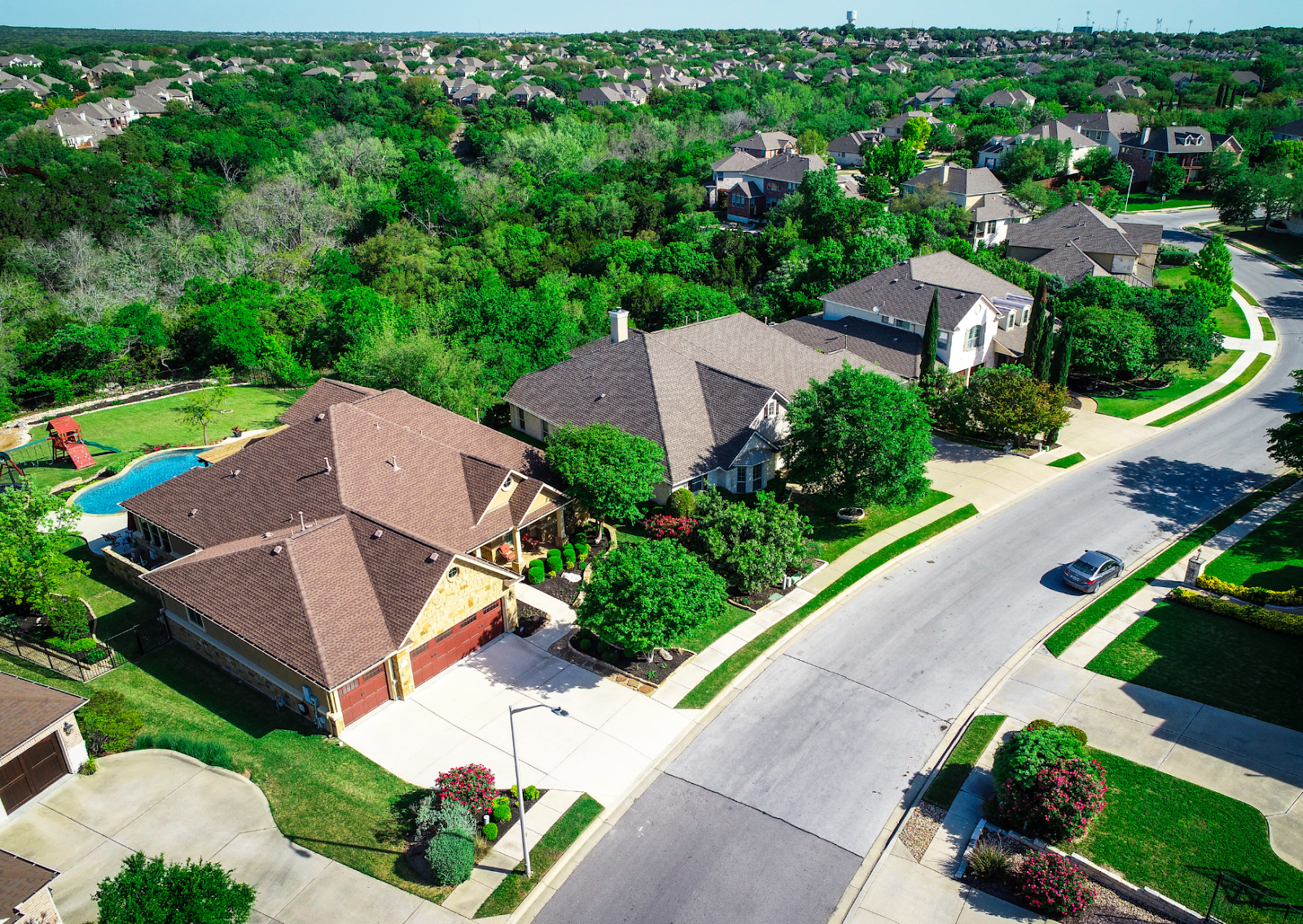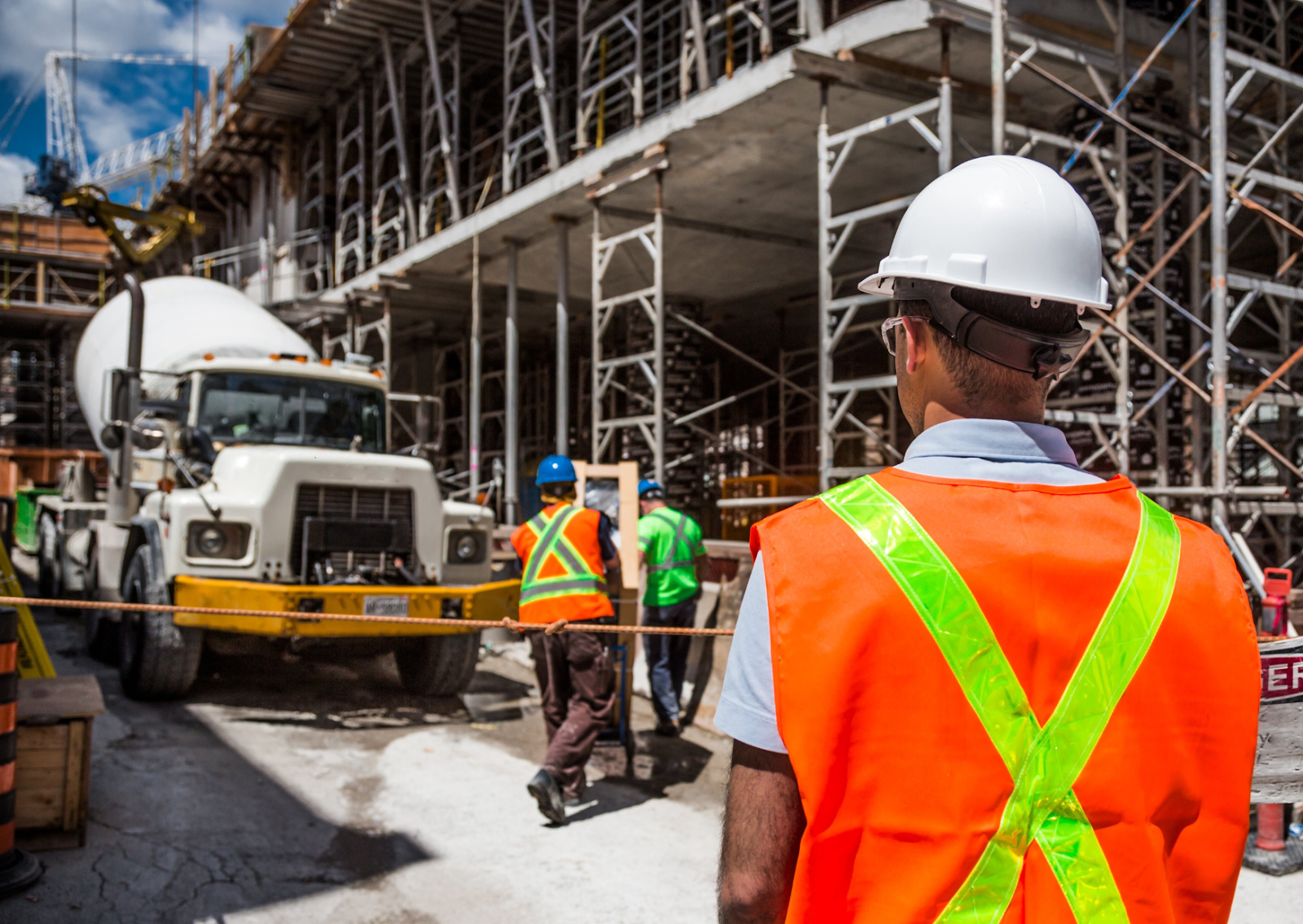What Is Basic Construction and Why Does It Matter?
Basic construction refers to the foundational stages of building a project, from planning and design to the start of physical development. This phase lays the groundwork for every element of a project, ensuring it is safe, compliant, and financially viable. In a city like Los Angeles, where zoning regulations and environmental concerns are especially stringent, understanding the fundamentals of basic construction is crucial to avoid delays, legal issues, and costly rework.
Los Angeles developers, homeowners, and investors must understand what basic construction entails before breaking ground. The pre-construction phase is not merely a formality but a strategic and legal necessity.
How Do Feasibility Studies Shape Construction Projects in Los Angeles?
Feasibility studies are often the first major step in a construction project. They help assess whether a proposed idea is financially and legally possible. In Los Angeles, this involves:
- Zoning regulations: Every plot of land is zoned for specific uses, such as residential, commercial, or mixed-use. Developers must check the Los Angeles Zoning Code to ensure compliance.
- Market demand: Feasibility also considers whether the proposed structure will meet a demand, whether that’s housing, retail space, or offices.
- Environmental impact: California law requires an Environmental Impact Report (EIR) if a project could have a significant environmental effect (California Environmental Quality Act).
A well-done feasibility study can prevent investing in a project doomed to fail due to legal or market constraints.
Why Is Site Selection and Acquisition So Critical in LA?
Land in Los Angeles is not only expensive but often comes with unique challenges such as slope issues, seismic risks, or historic overlays. During the site selection process, it’s vital to consider:
- Accessibility: Is the property near public transit or freeways?
- Community integration: How does the project fit into the neighborhood’s character?
- Legal readiness: Are there liens or ownership disputes?
Once a site is selected, acquisition involves due diligence, such as title reviews and soil tests, to ensure the property is build-ready. Working with local experts like real estate agents and land-use attorneys is often necessary to navigate LA-specific hurdles.
How Does Design and Planning Reflect Los Angeles Requirements?
Designing a building in LA goes beyond architectural aesthetics. The city’s Department of Building and Safety (LADBS) requires projects to comply with local codes covering safety, energy efficiency, and earthquake resilience. Key design elements include:
- Blueprints and renderings that visualize the entire project.
- Compliance with Title 24, which governs energy efficiency in California buildings.
- Design reviews for neighborhoods with aesthetic or historic guidelines.
Urban planners and engineers must coordinate with architects to produce plans that are functional, beautiful, and compliant. This collaborative approach avoids bottlenecks during the permitting process.
What Permits and Approvals Are Needed Before Building?
Permitting in Los Angeles is a layered and often complex process. Before construction begins, a developer must secure multiple approvals, which may include:
- Building permits from LADBS
- Zoning variances or conditional use permits, if the project doesn’t align with the current zoning
- Environmental assessments
- Fire, sewer, and traffic impact permits, depending on the project scope
Each of these permits comes with its own application process and timeline. Failing to secure them can halt construction or result in costly fines.
How Are Costs Estimated and Budgets Prepared in LA’s Market?
Los Angeles is one of the most expensive cities to build in, largely due to labor costs, land prices, and permit fees. Pre-construction budgeting involves:
- Detailed cost estimation: Including materials, labor, design fees, permits, insurance, and contingencies.
- Understanding local price trends: LA’s volatile real estate market means prices can change quickly.
- Contingency planning: Most experts recommend setting aside 10–20% for unexpected costs.
These estimates are vital not only for project success but also for securing financing.
What Are the Typical Financing and Funding Options?
A construction project won’t move forward without secured funding. In LA, common financing options include:
- Construction loans from local banks
- Private investors or equity partners
- Government grants (especially for affordable housing or sustainable design)
- Bridge loans to cover pre-construction expenses
Each option has pros and cons depending on the project type and developer experience. Local lenders familiar with Los Angeles real estate are often better equipped to offer tailored terms and faster approvals.
How Are Contractors and Vendors Selected in LA?
Choosing the right team is one of the most important steps in pre-construction. In Los Angeles, developers often look for professionals with local experience due to the region’s unique building codes and environmental risks. The process usually includes:
- Issuing RFPs (Request for Proposals) for various scopes of work
- Checking licenses with the California Contractors State License Board (CSLB)
- Reviewing portfolios and references
- Negotiating contracts with built-in timelines and penalties for delays
Strong vendor relationships not only improve quality but also reduce construction timelines.
Why Is Community Engagement Important Before Breaking Ground?
Los Angeles has a highly active civic community. Ignoring community concerns can stall or even derail a project. Effective community engagement includes:
- Holding town hall meetings
- Meeting with neighborhood councils
- Addressing public concerns, especially regarding traffic, noise, and affordability
- Incorporating feedback into project design where possible
Proactive engagement not only builds goodwill but may also streamline the approval process by reducing opposition.
How Should You Address Environmental Considerations in LA?
California and particularly Los Angeles, is known for stringent environmental policies. During pre-construction, developers must address:
- LEED certification or similar green building standards
- Stormwater pollution prevention plans (SWPPP)
- Seismic safety, due to the region’s fault lines
- Energy and water conservation, under Title 24 and LA’s Green Building Code
Ignoring these considerations can delay permits and damage a project’s reputation.
What’s the Next Step Toward a Successful Construction Project?
Before starting construction in Los Angeles, meticulous planning is key. That’s where partnering with experienced professionals can make a world of difference. If you’re ready to move from vision to reality, consider working with a firm that understands the full scope of basic construction, from site studies to community engagement.
Visit MID Construction Group to get expert guidance and tailored pre-construction services in Los Angeles. Their team will help you navigate local laws, manage budgets, and set your project up for success from day one. Call now for more information!
How Can You Wrap Up Pre-Construction with Confidence?
Understanding the pre-construction process—from feasibility studies to environmental planning—is not just helpful; it’s essential. In a city as complex and dynamic as Los Angeles, each step must be approached with care, precision, and local expertise. Whether you’re a first-time builder or a seasoned developer, aligning with knowledgeable professionals will help you save time, avoid costly mistakes, and bring your vision to life efficiently.
Works Cited
California Department of Housing and Community Development. “California Green Building Standards Code.” https://www.hcd.ca.gov/building-standards/calgreen
California Environmental Protection Agency. “CEQA Guidelines.” https://calepa.ca.gov/
City of Los Angeles Department of City Planning. “Zoning Code.” https://planning.lacity.org/
City of Los Angeles Department of Building and Safety (LADBS). “Building Permit Requirements.” https://www.ladbs.org/
U.S. Green Building Council. “LEED Certification Requirements.” https://www.usgbc.org/leed
California Contractors State License Board. “License Check.” https://www.cslb.ca.gov/
U.S. Department of Housing and Urban Development. “Affordable Housing Programs in Los Angeles.” https://www.hud.gov/states/california
U.S. Environmental Protection Agency. “Stormwater Pollution Prevention Plans (SWPPP).” https://www.epa.gov/npdes/stormwater-discharges-construction-activities
Frequently Asked Questions (FAQs)
1. What is basic construction and why is it important in Los Angeles?
Basic construction refers to the foundational phase of a project, including planning, design, permitting, and budgeting. In Los Angeles, it's especially important due to strict zoning laws, environmental regulations, and seismic safety requirements that must be addressed before any building begins.
2. What permits are required before starting a construction project in Los Angeles?
You’ll typically need building permits from LADBS, zoning variances (if applicable), environmental assessments, and possibly fire, sewer, and traffic-related permits. The requirements vary by project scope, so early coordination with city departments is essential.
3. How are construction costs estimated during the pre-construction phase?
Costs are estimated based on labor, materials, permits, design fees, and contingencies. In LA’s competitive market, developers often add a 10–20% buffer to cover unexpected costs due to fluctuating material prices and labor availability.
4. Why is community engagement necessary before construction begins?
Los Angeles has active neighborhood councils and resident groups. Engaging with these communities through meetings and feedback sessions helps reduce opposition, incorporate valuable input, and speed up approval processes.
5. How does Los Angeles address environmental considerations in construction?
Developers must follow Title 24, comply with green building codes, and implement stormwater pollution prevention plans. Energy efficiency, water conservation, and seismic readiness are all integral to obtaining permits and avoiding delays.

